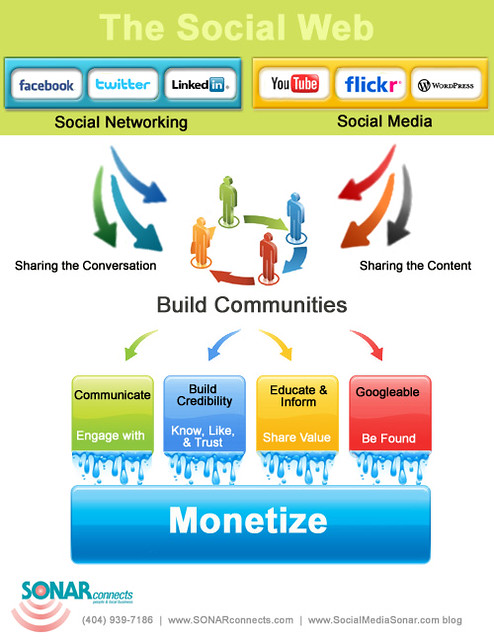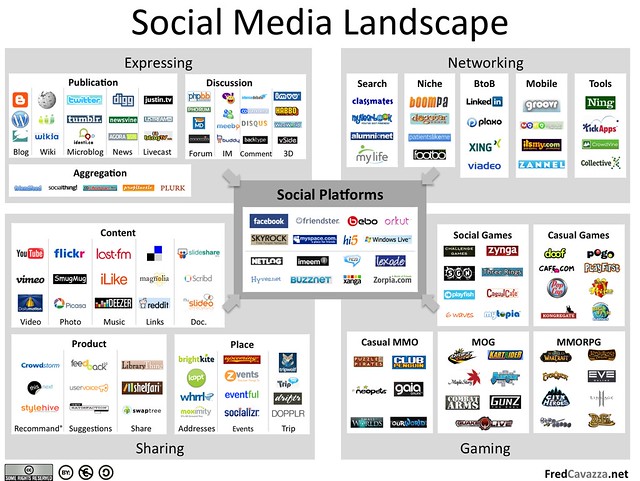By, Angeline Nekesa
New Media has provided an alternative platform of
expression for environmental communication. New media is helping environmental activists to combat the
powerful propaganda and immense resources of the traditional media. The
adoption of new media has given a level playing field and has democratized the
environmental communication and its debate. The
presence of low cost internet access and internet based devices have broken the
monopoly of professionally run news organizations.
In today's
information environment, practically anybody can create and disseminate “news”
contents. These unregulated “Citizen
Journalists” can now galvanize populace support as widely and as
effectively as any big budget news organizations. Furthermore, the Internet's
ability to provide instantaneous news on a 24/7 basis, consolidated and indexed
search engines has made it the primary source of news. Apart from that the
convergence of media technology has fundamentally altered the way individuals
receive news and gather information and has created new dimension to
environment Communication like the User Generated Content.
The Internet has given
power to every individual to express himself globally. Any individual with a
digital device and Internet connection can create, publish and distribute media
contents. This has effectively put a "journalist" on every street
corner of the world and no incident is likely to occur without someone seeing
it, recording it and reporting it. The journalistic principles and hierarchy
which can become a hindrance for a professional journalist do not come in the way
of these Citizen Journalists.
Social
networking websites like Face Book and Twitter have brought together
individuals with similar friends or interests into virtual communities. The homogeneity
of these communities, and sense of bonding among “friends” with common
interests, makes these communities susceptible to being organized and galvanized
to support causes. Hence new media has created an omnipresence of
“journalists,” coupled with technology that enables to report the news as it
develops, communicate the information effectively to large group of like mined
people thereby creating a mass movement on issues, happenings etc.
The
launch of new media has certainly countered the threat of uncertain and
dwindling environmental news in traditional media. Editors and journalists are
now delivering sophisticated, in depth reports on various topics ranging from
climate change to green marketing using new media platforms. The contributors
in these platforms are wide ranging from a specialist to a common man giving it
a holistic
approach. These information platforms are in turn becoming the
primary sources of information to many other media forms. New media has reduced the distance and
increased the proximity between the source and the receiver of the information.

